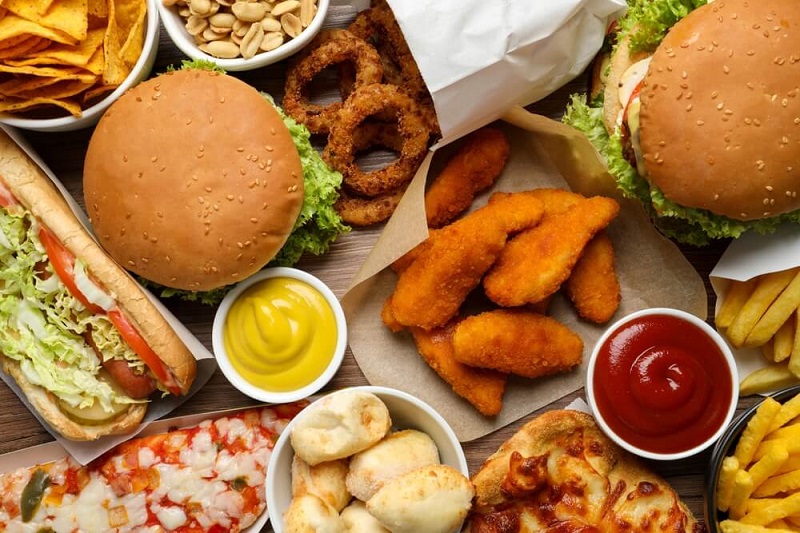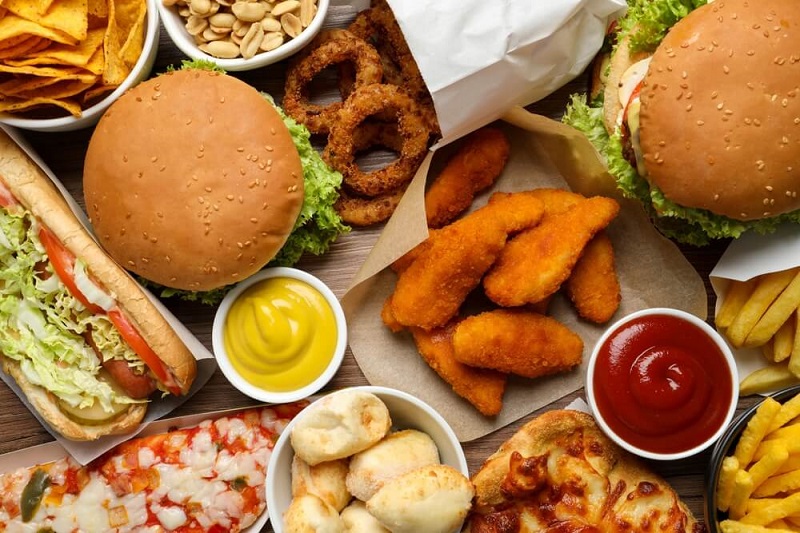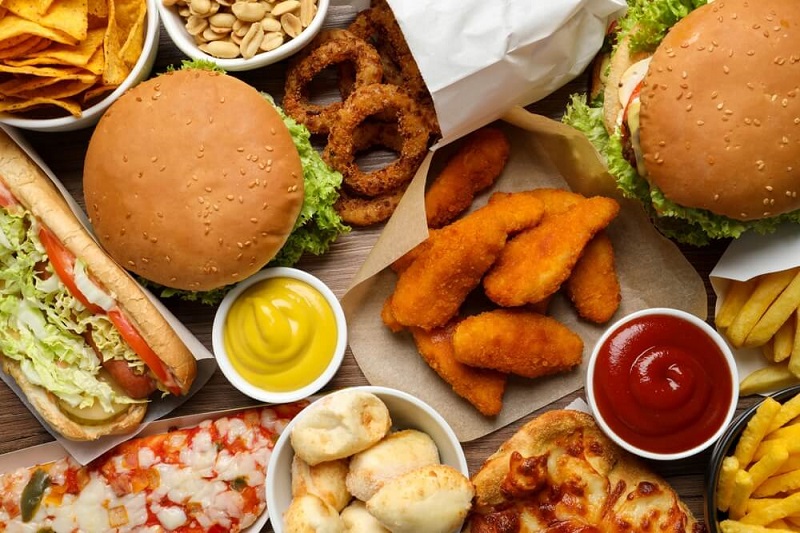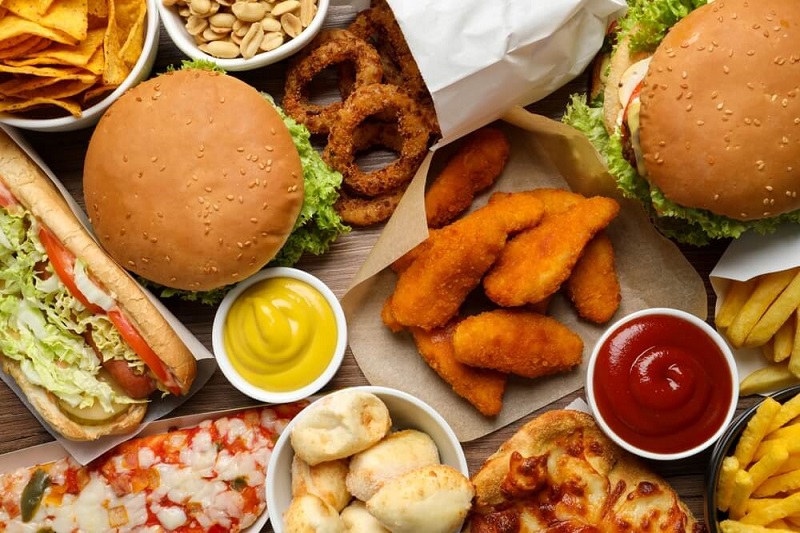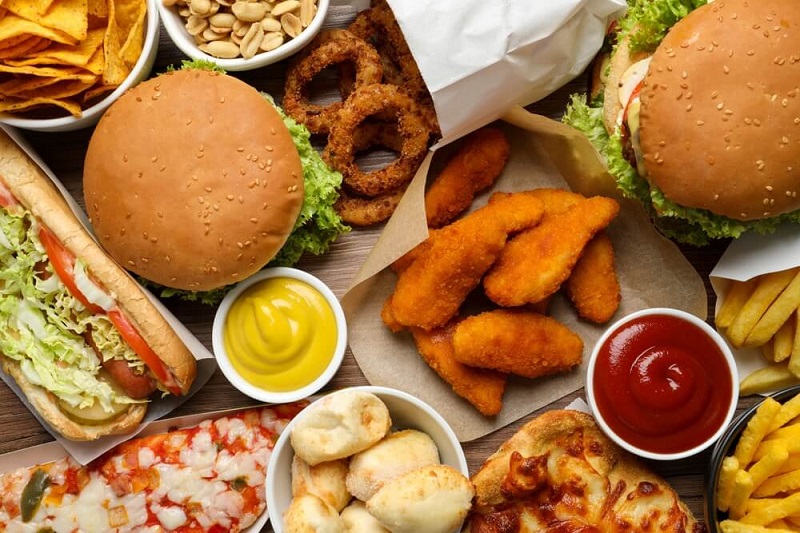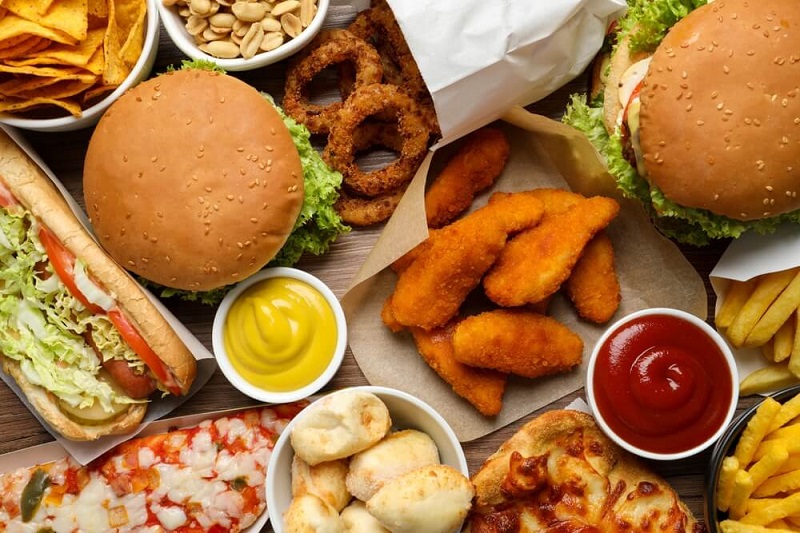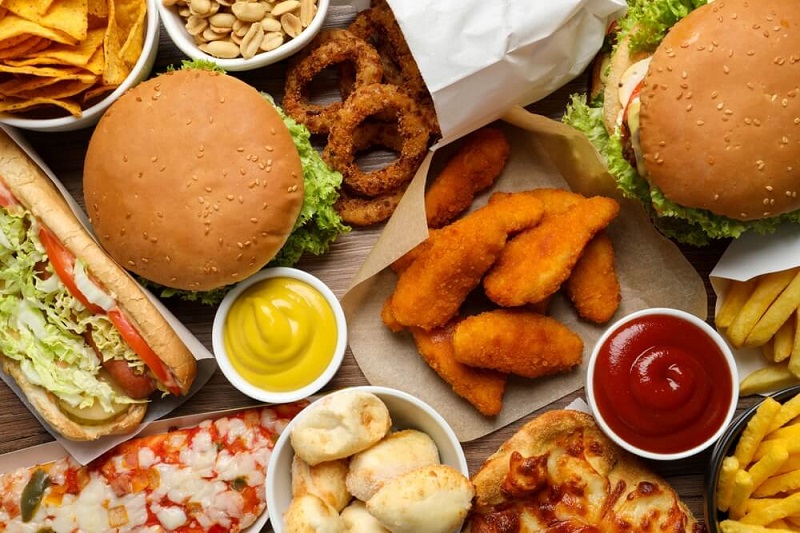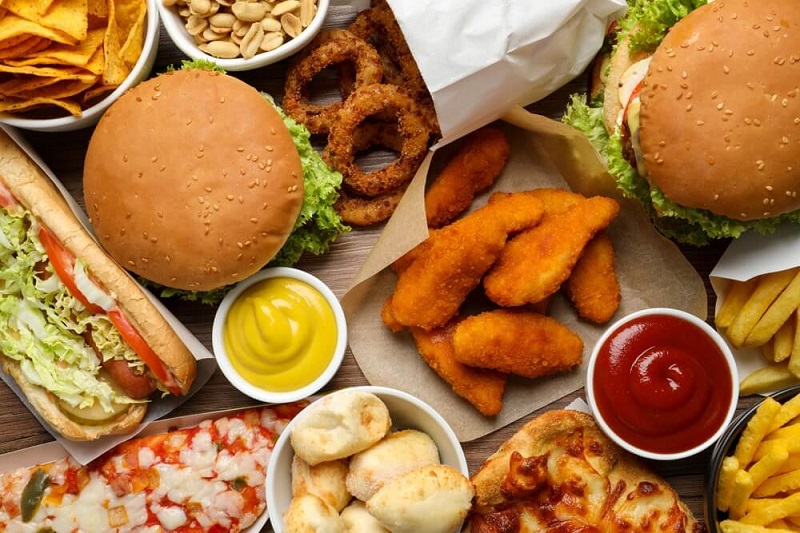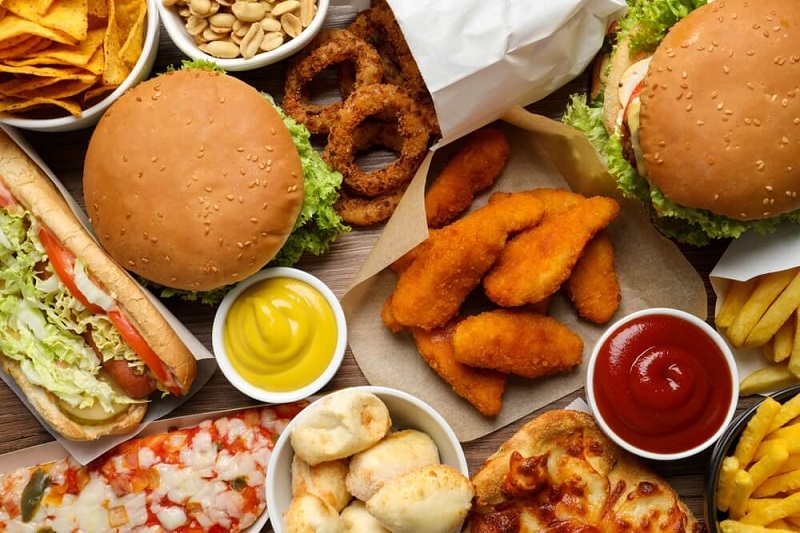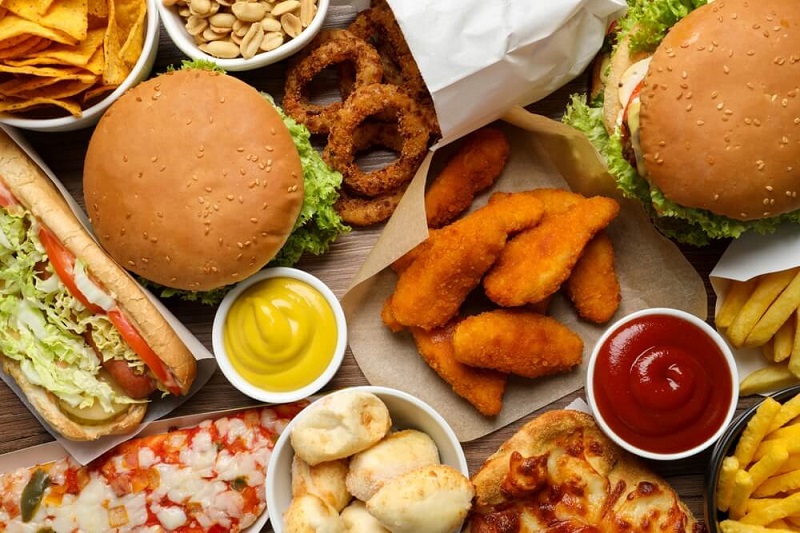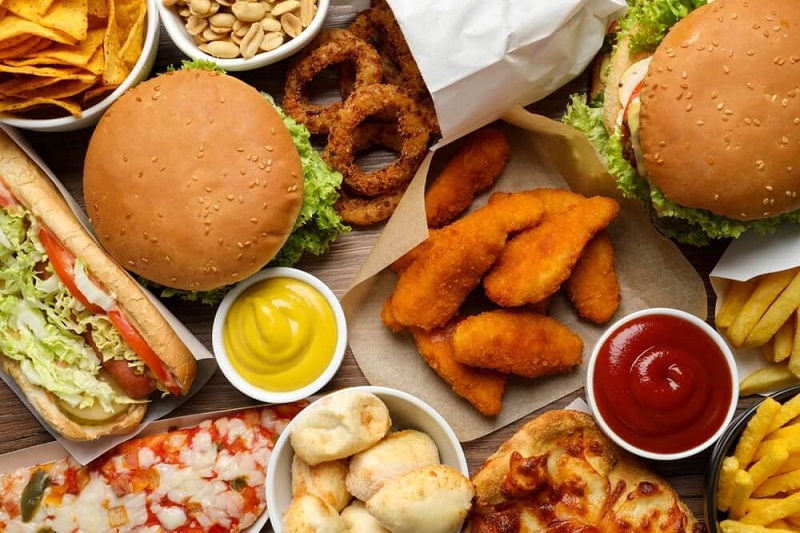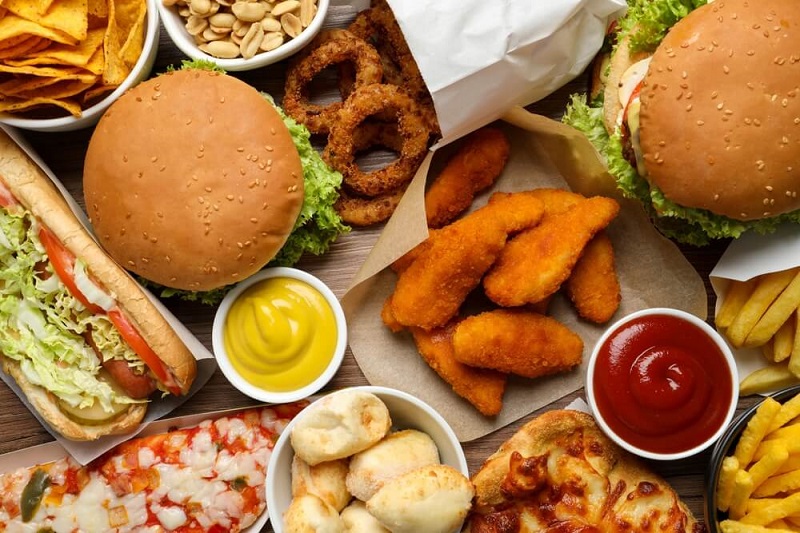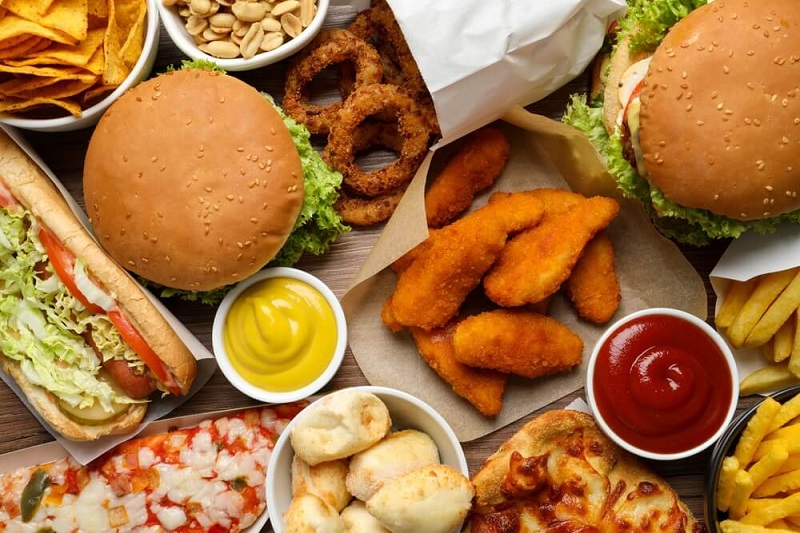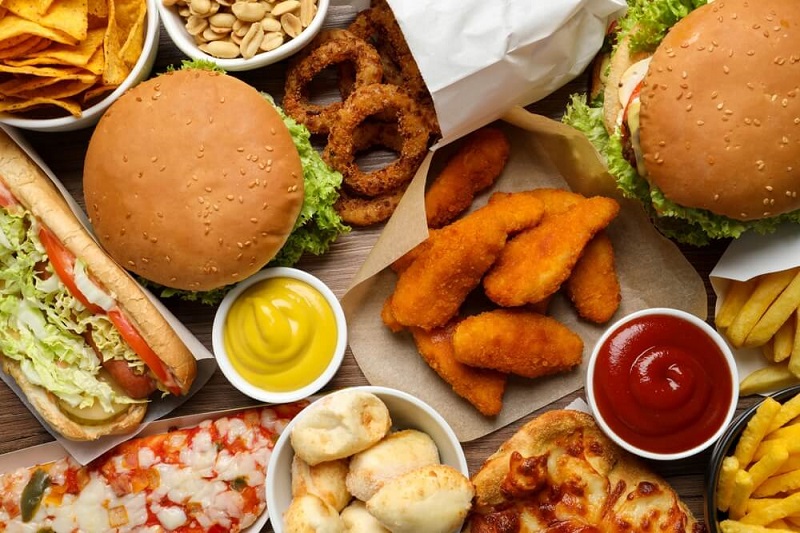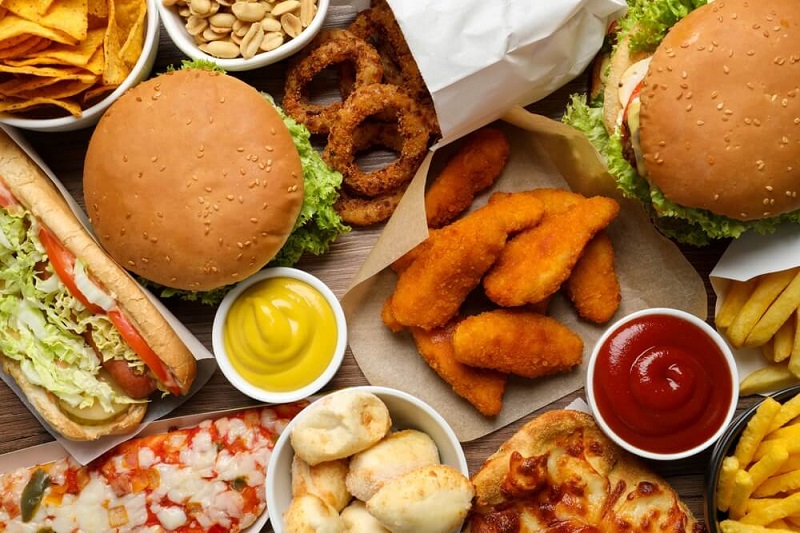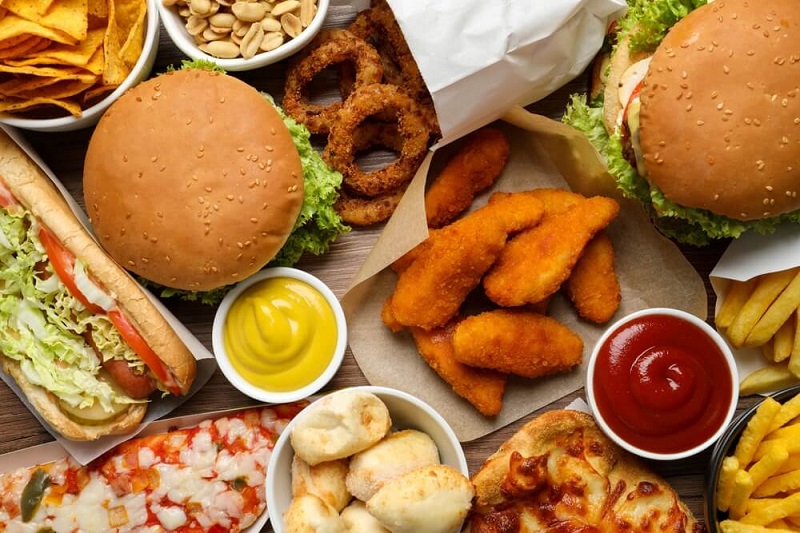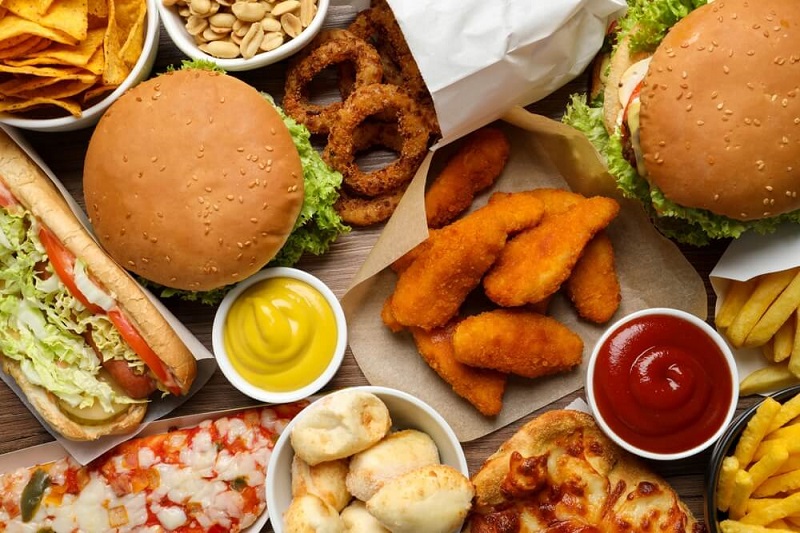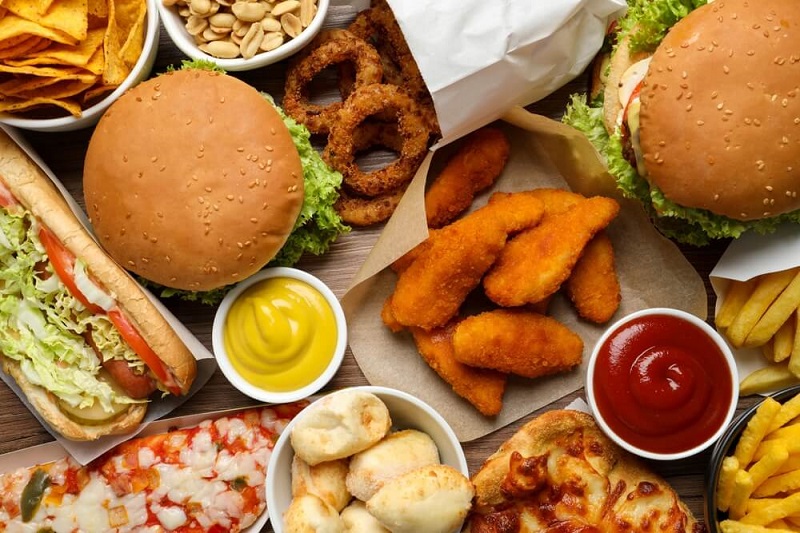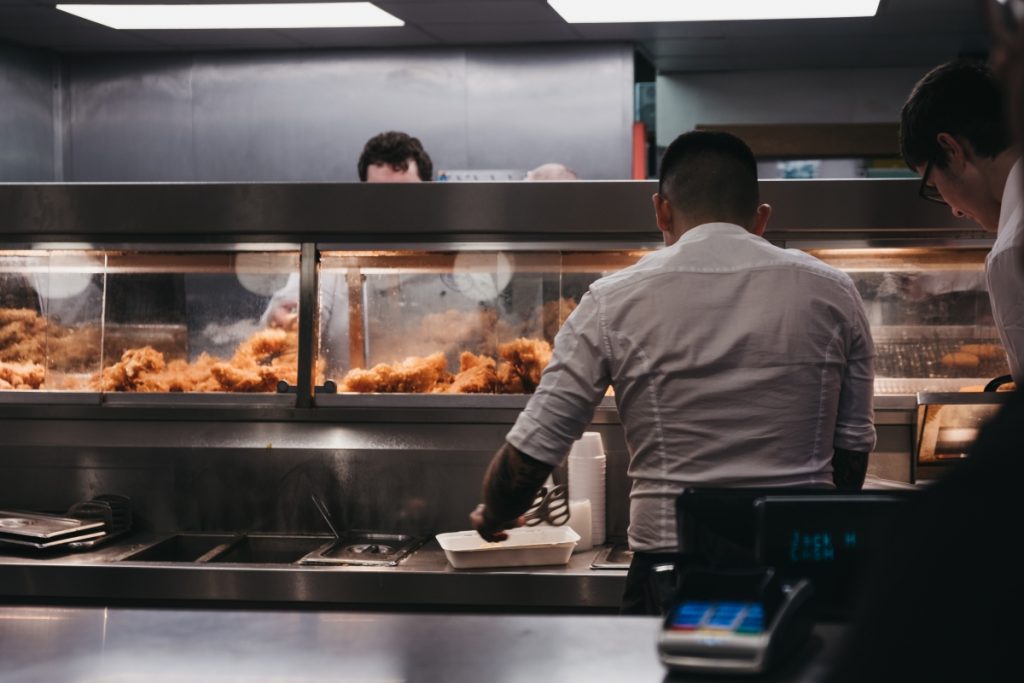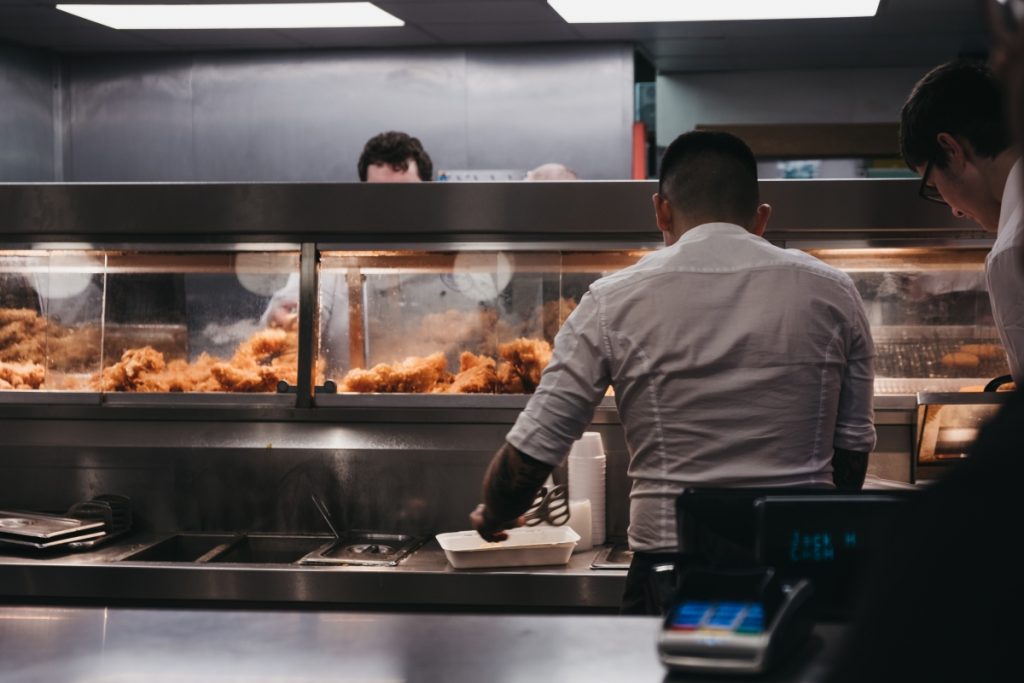Complete Guide to Fast Food Insurance: Protecting Your Quick Service Restaurant
Running a fast food restaurant comes with unique risks that require specialized insurance coverage. From hot oil burns to food poisoning claims, quick service restaurants face daily challenges that could result in significant financial losses without proper protection. This comprehensive guide will help you understand the essential insurance coverage needed to protect your fast food business.
Why Fast Food Insurance is Critical
Fast food establishments operate in a high-risk environment with several factors that increase liability exposure:
- High customer volume: More customers mean greater exposure to slip-and-fall accidents
- Hot equipment and surfaces: Fryers, grills, and heated surfaces pose burn risks
- Food safety concerns: Risk of foodborne illness claims
- Employee injuries: Fast-paced environment increases workplace accident risk
- Property damage: Kitchen fires and equipment failures are common
Essential Insurance Coverage for Fast Food Restaurants
1. Public Liability Insurance
This is your first line of defense against customer injury claims. Public liability insurance covers:
- Slip and fall accidents on wet floors
- Burns from hot food or beverages
- Food poisoning claims
- Injuries from defective seating or equipment
Recommended coverage: £2-6 million
2. Employers Liability Insurance
Legally required if you have employees, this coverage protects against workplace injury claims:
- Burns from kitchen equipment
- Cuts from knives and food preparation tools
- Slips in kitchen areas
- Repetitive strain injuries
Minimum legal requirement: £5 million
3. Commercial Property Insurance
Protects your physical assets including:
- Building structure (if you own the property)
- Kitchen equipment and appliances
- Furniture and fixtures
- Stock and inventory
- Point-of-sale systems
4. Product Liability Insurance
Specifically covers claims related to the food you serve:
- Food poisoning incidents
- Allergic reactions
- Foreign objects in food
- Contaminated ingredients
5. Business Interruption Insurance
Covers lost income when your restaurant cannot operate due to:
- Kitchen fires
- Equipment breakdown
- Utility failures
- Mandatory closure by health authorities
6. Cyber Insurance
Essential for restaurants using digital payment systems and customer data:
- Data breach response costs
- Payment card industry (PCI) fines
- System restoration costs
- Customer notification expenses
7. Equipment Breakdown Insurance
Covers repair or replacement of essential equipment:
- Fryers and grills
- Refrigeration units
- HVAC systems
- Point-of-sale systems
8. Commercial Vehicle Insurance
If you offer delivery services:
- Vehicle damage coverage
- Third-party liability
- Goods in transit protection
- Driver injury coverage
Specialized Coverage Considerations
Food Contamination Coverage
Protects against losses from:
- Accidental contamination of food stock
- Power outages affecting refrigeration
- Disposal costs for contaminated food
- Lost income during cleanup
Liquor Liability (if applicable)
If you serve alcohol:
- Over-serving incidents
- Serving to minors
- Alcohol-related accidents involving customers
Key Person Insurance
Protects against financial loss if key staff members are unable to work:
- Head chef or manager illness
- Recruitment and training costs
- Temporary replacement expenses
Risk Factors Specific to Fast Food Operations
High-Risk Areas
- Kitchen: Hot surfaces, sharp tools, wet floors
- Dining area: Spills, overcrowding, hot beverages
- Drive-thru: Vehicle accidents, order mix-ups
- Storage areas: Heavy lifting, stacking injuries
Peak Risk Times
- Lunch and dinner rushes
- Weekend periods
- Late-night operations
- Special promotions and events
Risk Management Strategies
Staff Training
- Food safety and hygiene protocols
- Equipment operation procedures
- Emergency response training
- Customer service best practices
Safety Measures
- Non-slip flooring in kitchen and dining areas
- Proper ventilation systems
- Regular equipment maintenance
- Clear signage for wet floors and hot surfaces
Food Safety Protocols
- Temperature monitoring systems
- Regular health inspections
- Proper food storage procedures
- Allergen management protocols
Choosing the Right Insurance Provider
Key Considerations
- Experience with restaurant insurance
- Understanding of fast food industry risks
- Claims handling reputation
- Competitive pricing
- Policy flexibility and customization
Questions to Ask Potential Insurers
- What specific coverage do you offer for food contamination?
- How do you handle food poisoning claims?
- What are your policy limits for equipment breakdown?
- Do you offer coverage for delivery operations?
- What risk management resources do you provide?
Cost Factors and Budgeting
Factors Affecting Premium Costs
- Restaurant size and seating capacity
- Location and local crime rates
- Type of food served
- Operating hours
- Claims history
- Safety measures implemented
Ways to Reduce Insurance Costs
- Implement comprehensive safety programs
- Maintain clean claims history
- Install security systems
- Bundle multiple policies
- Increase deductibles where appropriate
Real-World Examples
Case Study 1: Kitchen Fire
A popular burger chain experienced a kitchen fire that caused £50,000 in property damage and forced a 3-week closure. Their comprehensive insurance covered:
- Equipment replacement: £35,000
- Building repairs: £15,000
- Lost income: £25,000
- Staff wages during closure: £8,000
Case Study 2: Food Poisoning Incident
A chicken restaurant faced a food poisoning claim affecting 12 customers. Insurance covered:
- Medical expenses: £15,000
- Legal defense costs: £8,000
- Reputation management: £5,000
- Temporary closure costs: £12,000
Conclusion
Fast food insurance is not just a legal requirement—it's essential protection for your business's financial future. The unique risks associated with quick service restaurants require specialized coverage that goes beyond basic business insurance.
By understanding the various types of coverage available and implementing proper risk management strategies, you can protect your fast food business from potentially devastating financial losses while ensuring compliance with legal requirements.
Remember that insurance needs can vary significantly based on your specific operation, location, and business model. It's crucial to work with an experienced insurance provider who understands the fast food industry and can tailor coverage to your unique needs.
Get Expert Fast Food Insurance Advice
At Insure24, we specialize in providing comprehensive insurance solutions for fast food and quick service restaurants. Our experienced team understands the unique challenges facing your industry and can help you find the right coverage at competitive rates.
Contact us today:
📞 Phone: 0330 127 2333
🌐 Website: www.insure24.co.uk
Don't leave your fast food business exposed to unnecessary risks. Get a tailored insurance quote today and protect your investment with confidence.


 0330 127 2333
0330 127 2333
